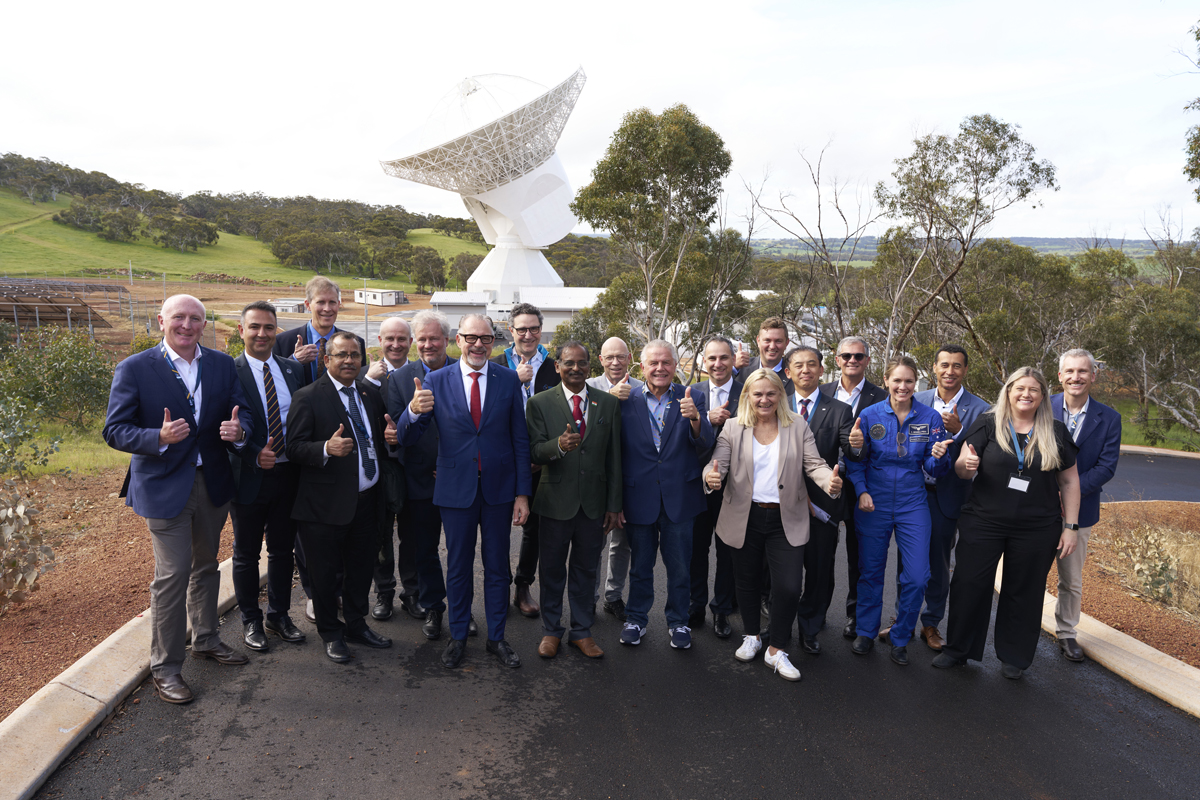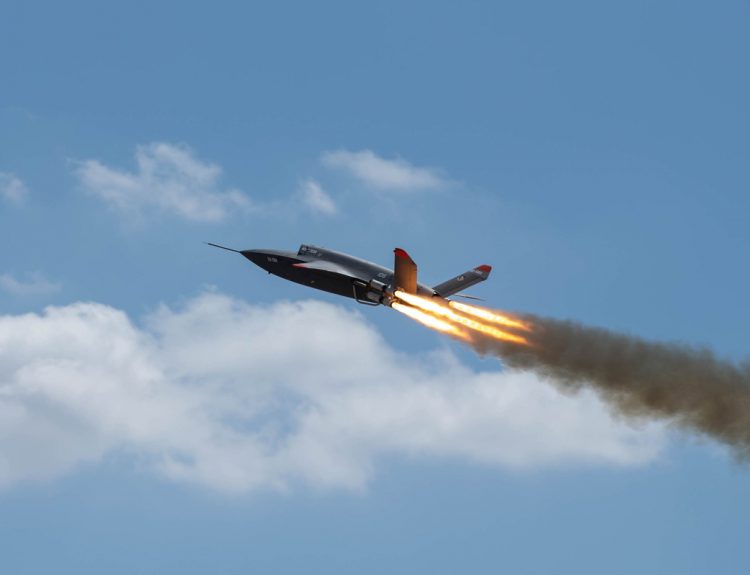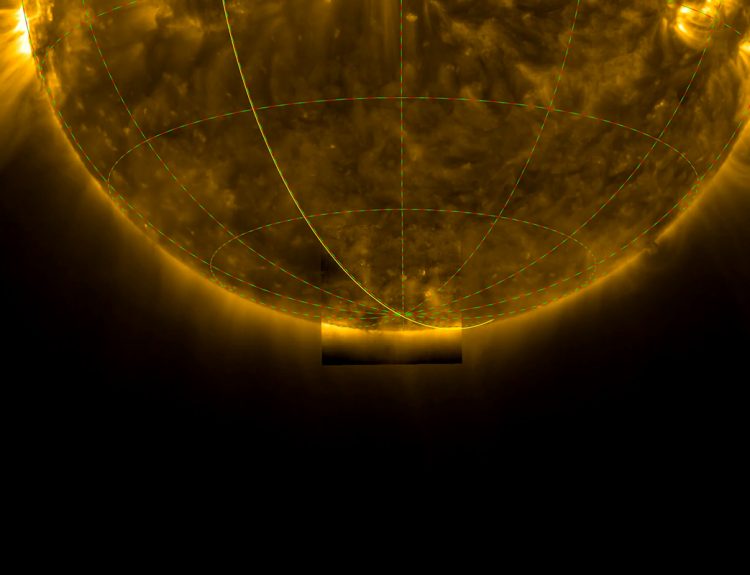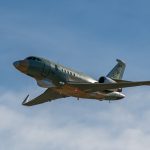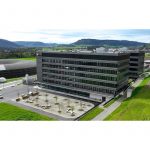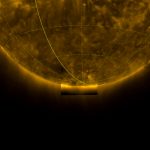The European Space Agency (ESA) has expanded its capability to communicate with scientific, exploration and space safety missions across our Solar System with the inauguration of a new 35-m diameter deep space antenna – the fourth for Estrack, ESA’s deep space tracking network.
Located in New Norcia, about 115 km north of Perth, Western Australia, the ‘New Norcia 3’ antenna will help meet the agency’s fast-increasing data download needs and secure Europe’s independence and leadership in space.
Speaking at the inauguration on 4 October, Josef Aschbacher, Director General of ESA, said:
“This strategic investment reinforces ESA’s deep-space communication capabilities and maximises the return of our missions‘ most valuable asset: data delivered from spacecraft voyaging far from Earth. New and exciting opportunities between the European and Australian space sectors are opening up with Australia announcing this week a mandate to begin negotiations on a cooperative agreement with ESA.”
Started in 2021 and delivered on schedule, this construction is the result of the outstanding capabilities of ESA, European and Australian industry, and excellent cooperation with our Australian partners. When the new deep space antenna enters service in 2026, it will support ESA’s current flagship missions flown as part of the agency’s scientific, exploration and space safety fleets, including Juice, Solar Orbiter, BepiColombo, Mars Express and Hera, and will be a critical enabler for upcoming missions including Plato, Envision, Ariel, Ramses and Vigil.
The new antenna, as part of the Estrack network, will also serve ESA’s efforts towards international collaboration. As part of mutual cross-support arrangements with the agency’s partners, the new antenna can support other space agencies such as NASA, Japan’s JAXA, and India’s ISRO as well as commercial space missions, boosting science return and operational efficiency for all parties involved.
ESA’s fourth deep space antenna, the second one on the site at New Norcia, is the most technologically sophisticated antenna to date. It incorporates advanced deep space communication capabilities, including components cryogenically cooled to around -263°C, near absolute zero. This sensitivity allows it to detect extremely weak signals from distant spacecraft and to maximise data return.
A new antenna at ESA’s New Norcia ground station
ESA’s ground station and antennas in New Norcia are locally operated by CSIRO, Australia’s national science agency. CSIRO similarly operates NASA’s deep space communication complex located at Tidbinbilla near Canberra.
ESA respectfully acknowledges the Traditional Owners and Custodians of the lands on which we operate, the Yued people of the Noongar nation. We pay our respects to Elders past, present and emerging and acknowledge their continuing connection to this Country, land and community.
